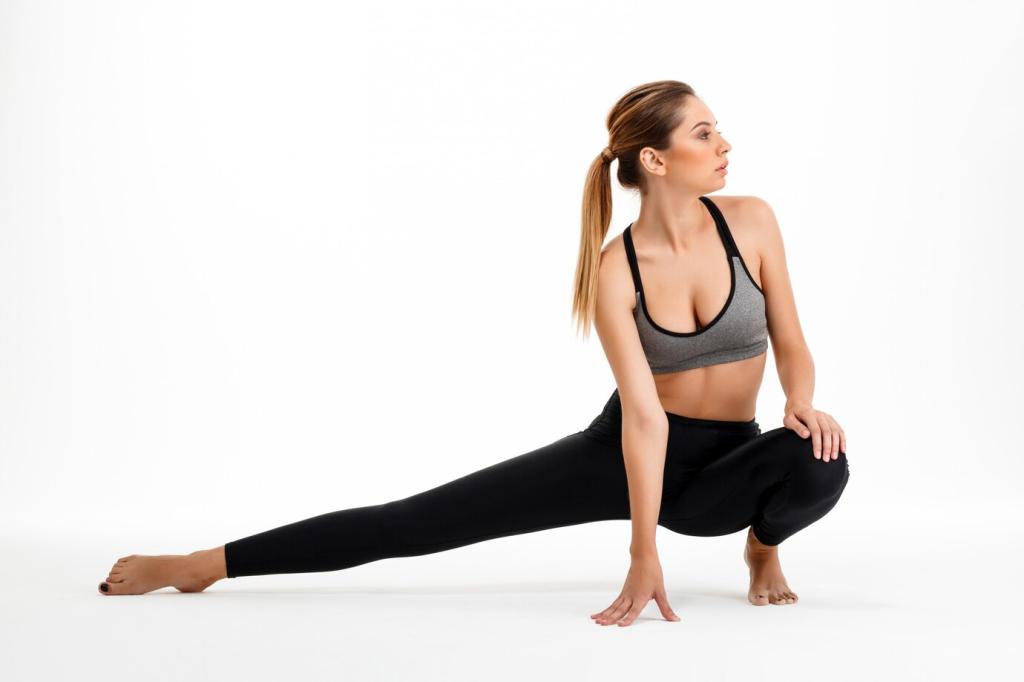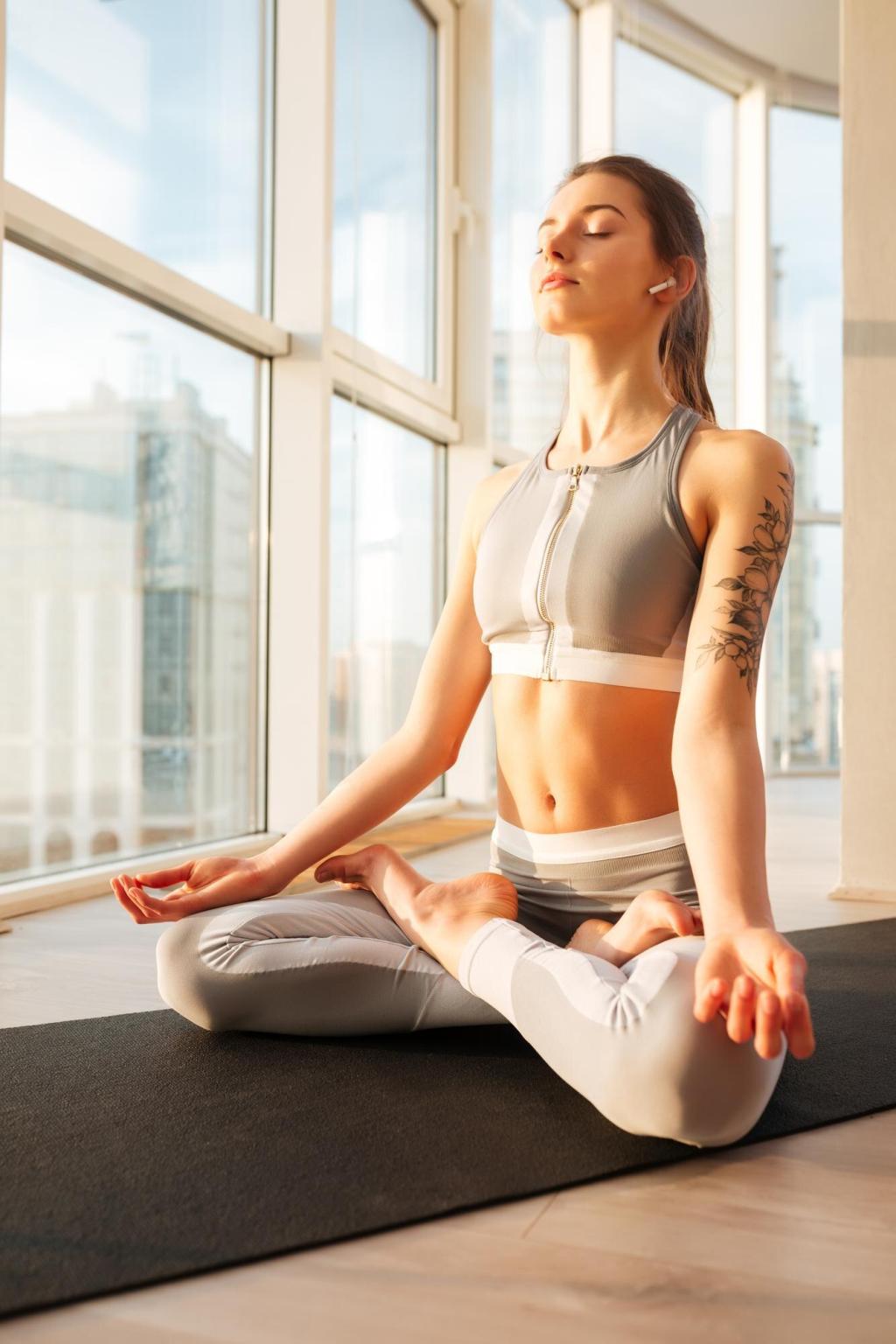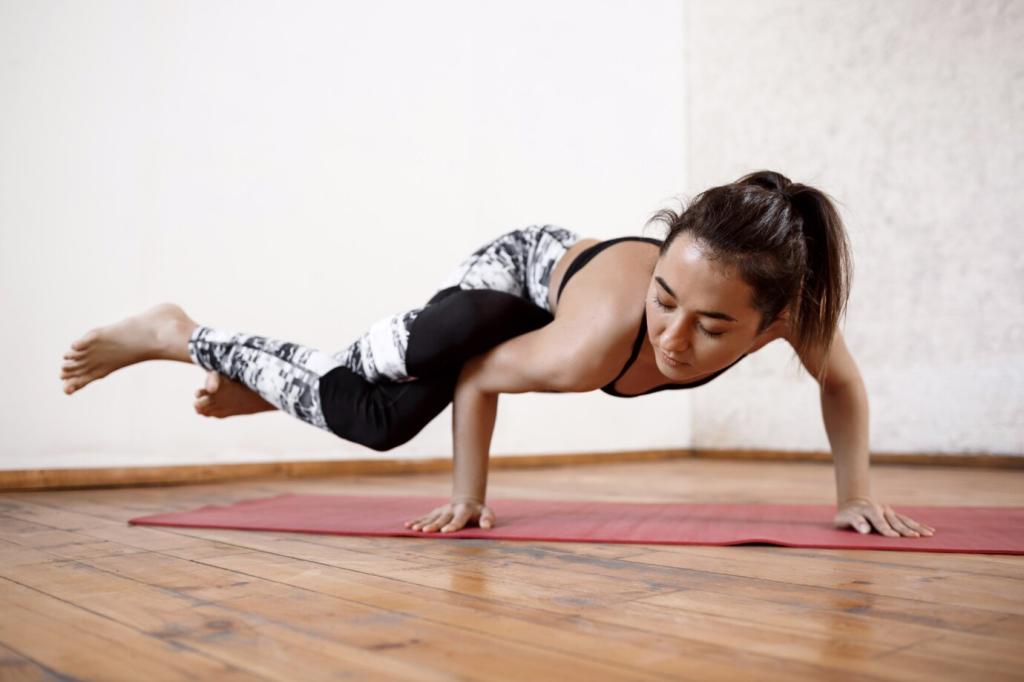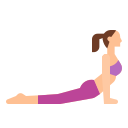Yoga for Strength Building: Power, Stability, and Grace
Strong Foundations: How Yoga Builds Real-World Strength
Key Muscles Activated in Strength-Focused Poses
From glutes firing in Warrior II to serratus anterior engagement in Plank, strength-centric yoga recruits stabilizers and prime movers together. Notice active feet, strong hands, and a supportive core. Comment which muscle group you feel most during today’s sequence and why.
Tension, Time, and Technique: The Physiology of Strength in Yoga
Strength adapts when muscles experience controlled tension over time. Longer holds, mindful eccentrics, and crisp joint stacking build capacity safely. Combine steady breath with precise angles. Track how many calm, high-quality breaths you maintain before form fades, and share your number.
Safety First: Alignments That Protect While You Progress
Strong does not mean strained. Protect wrists with neutral stacking, shoulders with external rotation, and knees with aligned tracking. Use blocks to shorten levers. Celebrate small, repeatable improvements. Tell us which prop helped your alignment today, and tag a friend to try it too.
Pose Powerhouses: Asanas That Train Major Muscle Groups
Lower Body: Warrior Variations and Chair’s Hidden Fire
Warrior I and II challenge glute medius, quads, and adductors, while Chair Pose lights up hamstrings and calves. Micro-adjust your stance to distribute effort. Hold for slow breaths instead of rushing. Post your best steady Chair hold time and cheer another reader’s milestone.
Upper Body: Planks, Chaturanga, and Shoulder Integrity
Planks build shoulder girdle strength when hands press, forearms spin in, and ribs knit. Eccentric Chaturanga teaches control and tendon resilience. Think long spine, not sagging hips. Record one clean, slow descent. Share your video or notes, and ask for cues from the community.
Core Integration: Hollow Body Meets Boat Pose
Core strength shines when ribcage and pelvis coordinate. Practice hollow body drills, then transfer that tension to Boat Pose with breathing. Less shaking, more intention. Count smooth exhales while keeping lumbar support. Comment how breath changed your core engagement during the set.
Breath as a Barbell: Pranayama for Strength Output

A 360-degree breath creates a natural belt. Inhales expand the cylinder; exhales cinch gently to support movement. Apply during transitions into demanding poses. Try three breaths per rep and notice steadier joints. Share whether your planks felt more stable using this breathing brace.
Programming Strength: Weekly Templates for Progressive Overload
Day one emphasizes push patterns with Planks and Crow preps; day two explores pulling via binds and active hangs; day three targets legs with Warriors and Chair. Keep sessions short, focused, and repeatable. Share which day felt strongest and invite a friend to join your schedule.
Programming Strength: Weekly Templates for Progressive Overload
Shrink the challenge, not the ambition. Use knees-down eccentrics, incline surfaces, and paused holds to accumulate quality reps. When form stays crisp, reduce assistance slightly. Log today’s variation and your next step. Comment your progression path to inspire someone following behind you.


Fuel and Recovery: Nutrition, Sleep, and Mobility for Strength Yogis
Protein on the Mat: Practical Plant-Forward Ideas
Support muscle repair with consistent protein. Try tofu stir-fry, lentil bowls, or Greek yogurt with berries post-practice. Hydrate early and often. Keep snacks convenient to prevent under-fueling. Comment your favorite recovery meal and help others plan smarter strength-building nutrition today.
Sleep Cycles: Gains Happen Between Sessions
Aim for regular bedtimes and dark, cool rooms. Deep sleep drives growth hormone pulses and tissue repair. Even twenty-minute naps can restore readiness. Protect off days as training assets. Share one habit you’ll change tonight to improve sleep and tag someone to keep you accountable.
Mobility Minutes: Greasing the Groove Without Fatigue
Short daily mobility—hip openers, thoracic rotations, wrist conditioning—keeps ranges usable for stronger positions. Stay below fatigue and maintain smooth breath. Two five-minute sessions beat one marathon stretch. Post your favorite micro-mobility combo and when you fit it into a busy day.


